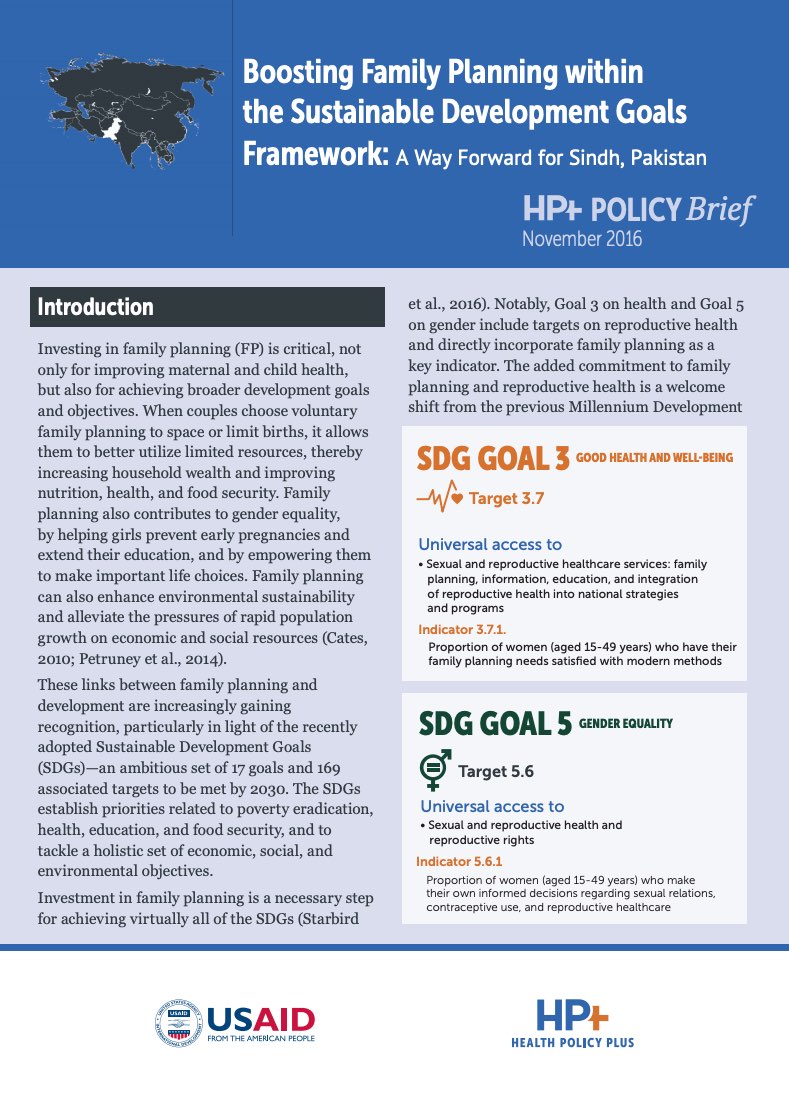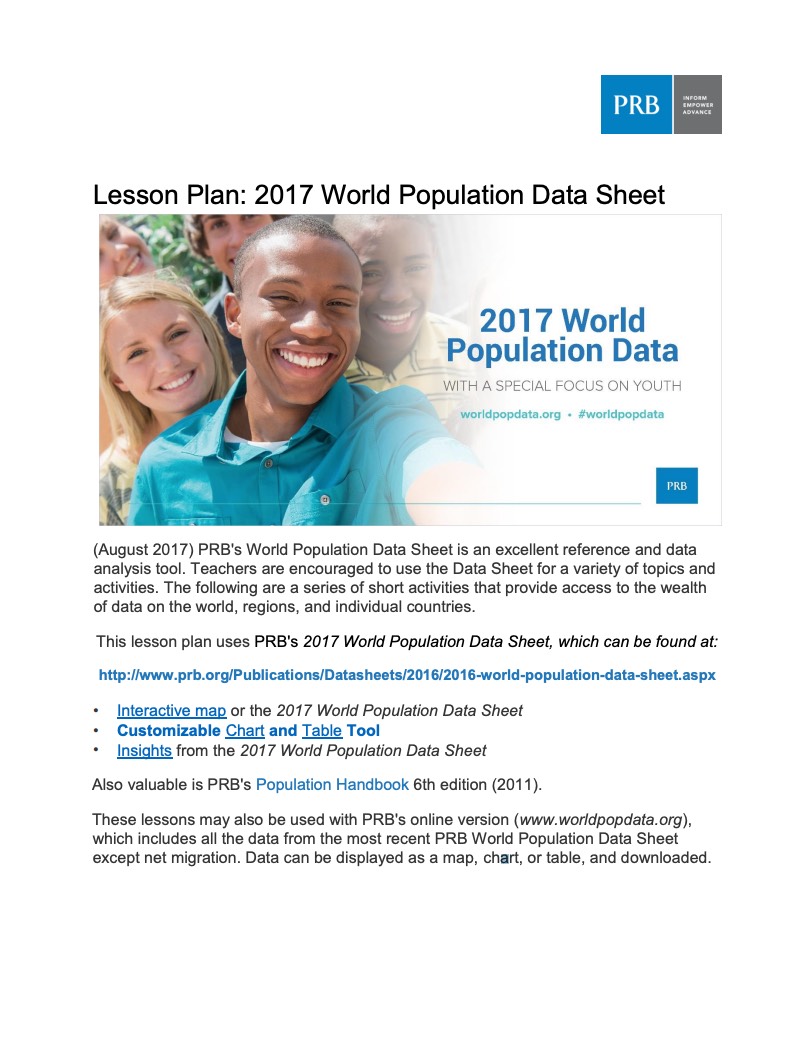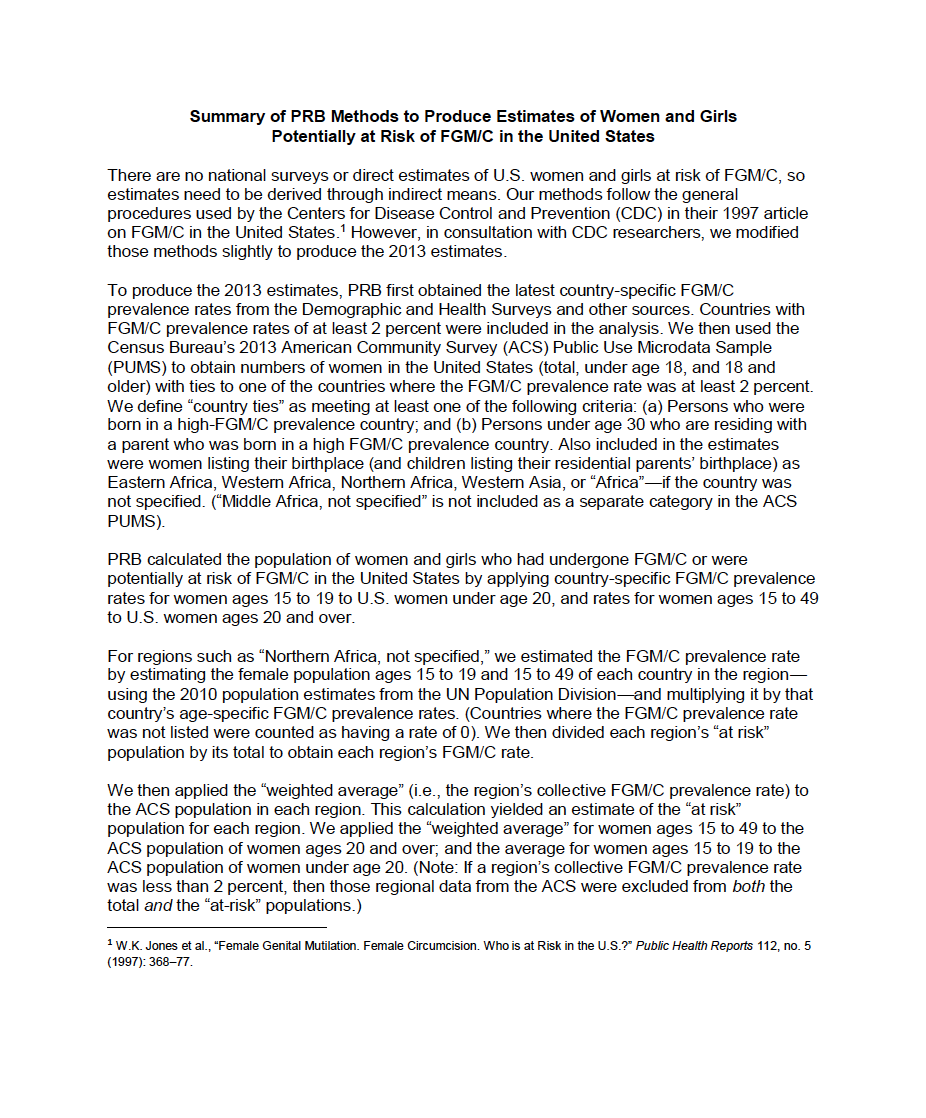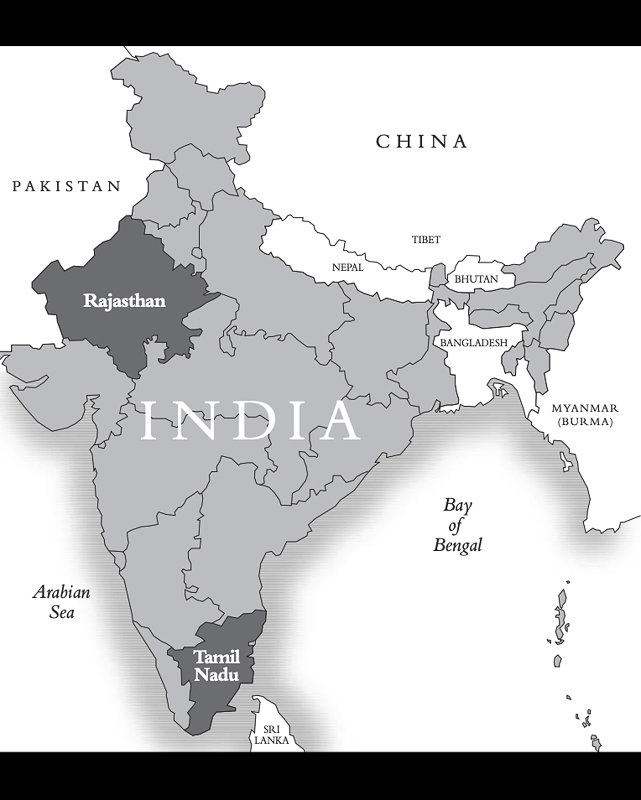Project: Health Policy Plus (HP+)
Two New Policy Briefs Focus on Sustainable Development Goals in Pakistan and Malawi
Recent research suggests linking family planning to broader development goals may alleviate of rapid population growth and associated pressures upon natural and human resources. Reducing unintended pregnancies through voluntary family planning is one clear way of easing such pressures.




